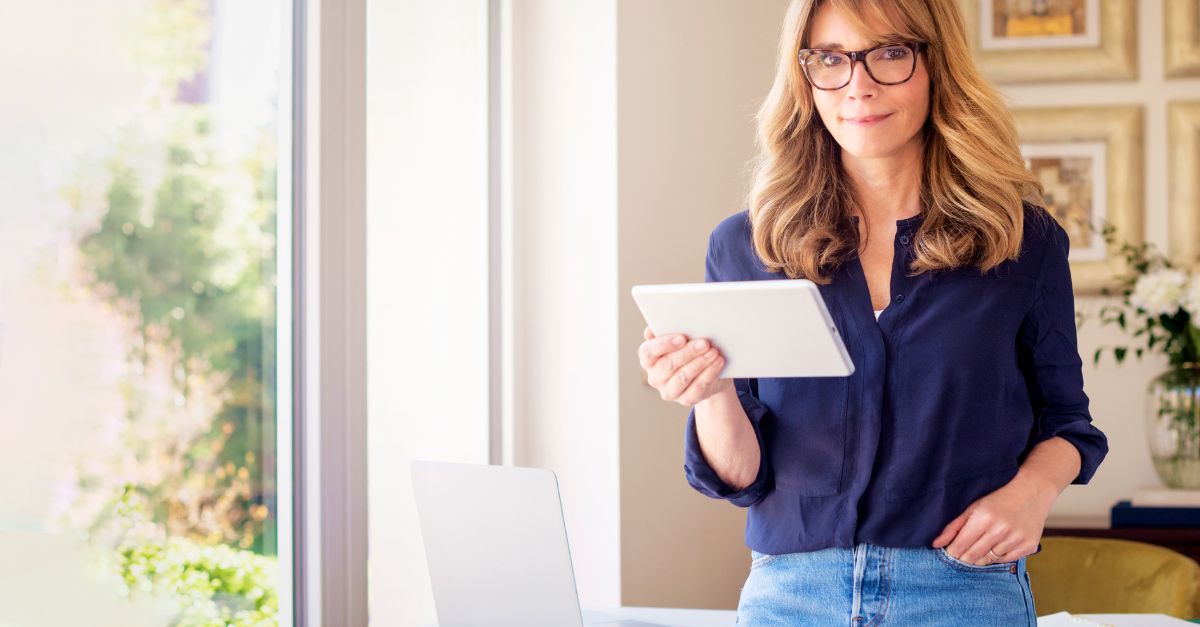How to Choose the Best Daycare Toys
When it comes to choosing the best toys for your daycare classroom, there are some guidelines to refer to so you can make sure you’re on the right track. The must have toys should be in great condition, open-ended, developmentally appropriate, and versatile to meet all domains of learning. Play-based learning has been proven to be the most effective way children learn, so having the right toys is a must!
Condition of Day Care Toys
It is not a surprise that toys are expensive, but it is important to invest in toys that are in good condition. This doesn’t mean that you have to always purchase brand new toys; just be aware of broken and missing pieces. New is best, but not always necessary. Look for good kids’ sales in your area.
Once a toy is broken, it is best to toss it rather than try to repair it due to safety concerns. If there are certain toys that you want to have but maybe don’t have the budget for, create a wishlist and let your classroom parents know about it. You could ask parents to donate, and trust me – they will! They want their children to have the best childcare, so don’t hesitate to ask!
Open-Ended Toys
Choosing toys for your classroom should be intentional and strategic. You don’t want to choose toys that can only be played one way. For example, while puzzles are important for fine motor and board games are important for social and problem-solving skills, you don’t want to only have toys that can be played with one way. Having toys like magna tiles, blocks, figurines, drawing and art supplies, cars/trucks, peg boards, musical instruments, etc. will allow for children to be creative and use their imaginations to explore in new ways.
Developmentally and Age-Appropriate Toys
It’s important that when choosing toys for your classroom that you understand the age group you have. If you have a two-year-old class, you wouldn’t have 200 piece puzzles or tiny legos. These are both too difficult for the age group as well as choking hazards.
It’s important to know what your age level is and what they can thrive with. It is a good idea to have varying levels to challenge the kids and for those who may be a bit below the average learning level. Make sure that the toys are safe and are approved by your licensing organization, and always make sure you keep up with what is being recalled.
Versatile Toys
You don’t just want to have one type of toy that helps with one particular skill. The educational toys in your room must be well-rounded and meet the needs of different types of learning.
This is where learning centers come in. Your classroom should consist of various centers/stations around the room that center around different domains of learning to develop fine motor skills and other abilities (math, science, language arts, fine motor, blocks, dramatic play, sensory, etc.). For more ideas on how to divide up your room, check out my post on how to design a daycare classroom floor plan!
Having toys that are versatile will allow for children to explore their talents and their learning style. Here are some ideas to help get you started:
| Skill | Toys |
| Large motor | Balls, bean bags, scarves |
| Fine motor | Legos, threading, peg boards, magnatiles, puzzles |
| Aesthetic | Drawing utensils, paint, sculpting clay |
| Math | Counters, calculators, play money, clocks |
| Language arts | Writing utensils, paper, prompts, photos |
| Social | Dramatic play items, costumes, dolls, puppets, play food |
Having a variety of toys throughout the room will help each student find new talents and improve upon others. This will foster play in the classroom in a healthy and meaningful way. In addition to having versatile toys, it’s important to have diverse toys as well. Having dolls, figures, books, and materials that have many cultures and abilities represented is important to foster an inclusive classroom.
Since play is a child’s work according to world renowned psychologist Jean Piaget, it is important to focus on making sure you have the right toys for your students to explore and play with. Children will feel valued, safe, and successful when their environment has adequate materials for play and exploration. You may not be able to have everything on your wishlist right away. It will take time, and that is okay!
One pro tip for teachers and parents when it comes to toys is to rotate and switch toys out to keep it exciting and new. If you put all of the toys out at the same time, the excitement can wear off pretty quickly. But if you introduce toys sporadically as well as put certain toys in storage every so often and pull them back out, it will allow children to appreciate them more and have even more fun with them.
Missy is a professor in the early childhood department at Eastern University and director of Victory Early Learning Academy, a childcare center that she started ten years ago. Prior to that, she taught Kindergarten and second grade for a total of 10 years. She has been married to her best friend, Jason, for 18 years, and together they have four beautiful children ages 8, 9, 12 and 13 in the suburbs of Philadelphia, PA. In her spare time, Missy loves to bake, read historical fiction, sing karaoke and travel to Central America on short term missions.
More by Missy
Missy Knechel
June 9th, 2021
5 mins
Related Articles

Preparing your Childcare Summer Camp Program
April 16th, 2025 | Maddie Hutchison

